Introduction
Bianduo, a beloved staple of Chinese cuisine, is a savory meatloaf that hails from the heartland of Henan Province. Often dubbed the “poor man’s delicacy,” this dish transforms simple ingredients into a textural marvel—a harmonious blend of tender meat and chewy starch, steamed to perfection. While its origins trace back to rural kitchens, Bianduo has transcended humble beginnings to grace banquet tables and modern fusion menus alike. This article delves into the history, science, and craftsmanship behind creating the perfect Bianduo, ensuring both novice cooks and seasoned chefs can master this timeless recipe.
The Cultural Tapestry of Bianduo
To understand Bianduo is to appreciate the resourcefulness of Chinese peasant cuisine. Born during eras of scarcity, this dish epitomizes the philosophy of “waste not, want not.” Early iterations relied on leftover meats, starchy vegetables, and whatever spices were available. Over centuries, it evolved into a symbol of culinary ingenuity, with each region adding its own twist. In Henan, where wheat and root vegetables dominate agriculture, sweet potato starch became the binding agent of choice, lending Bianduo its signature springy texture.
Today, Bianduo is more than sustenance—it’s a nostalgic nod to communal feasts, family reunions, and winter solstice celebrations. Its preparation often involves multiple generations, with grandmothers meticulously kneading the mixture and grandchildren eagerly awaiting the first steamed slice. This culinary tradition underscores the dish’s role as a bridge between past and present.
Ingredients: The Alchemy of Simplicity
The beauty of Bianduo lies in its unassuming ingredient list. Mastering the ratios, however, is where artistry begins.
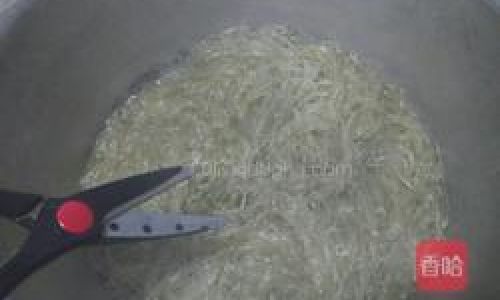
-
Meat Base (700g):
- Pork Shoulder (60% lean, 40% fat): The marbling ensures juiciness. Avoid lean cuts, as they yield dry Bianduo.
- Substitutions: Beef brisket or lamb shoulder can be used, but pork remains traditional.
-
Starch (200g):
- Sweet Potato Starch: Critical for the characteristic chew. Cornstarch or potato starch may be used in a pinch but lack the same gummy resilience.
-
Aromatics:
- Green Onions (50g): Finely chopped for mild oniony notes.
- Ginger (20g): Grated to temper meatiness.
-
Seasonings:
- Light Soy Sauce (2 tbsp): For umami depth.
- Salt (1 tsp): Adjust to taste.
- White Pepper (½ tsp): A hint of floral heat.
- Sesame Oil (1 tsp): For aromatic finish.
-
Liquid:
- Water (150ml): Adjust based on starch absorption.
Equipment Essentials:
- A bamboo steamer or large pot with a steaming rack.
- Cheesecloth or parchment paper to line the steaming vessel.
- A sturdy wooden spoon for kneading.
The Craft of Kneading: More Than Just Mixing
The transformation of meat and starch into Bianduo hinges on meticulous kneading—a process akin to developing gluten in bread dough.
-
Meat Preparation:
Trim excess fat from pork shoulder, then mince coarsely. Avoid over-processing, as a chunky texture prevents the loaf from becoming dense.
-
Starch Hydration:
In a large bowl, combine starch with 50ml of water. Stir vigorously to eliminate lumps, creating a thick paste. Let rest for 10 minutes to fully hydrate.
-
The Marriage of Components:
Add minced meat, aromatics, and seasonings to the starch slurry. Gradually incorporate remaining water while kneading. The mixture should resist the spoon, pulling away from the bowl’s sides—a sign of proper hydration.
-
Kneading Technique:
Employ a folding motion: press the dough against the bowl, fold it over, and repeat. This aerates the mixture, ensuring even starch distribution. Aim for 15–20 minutes of kneading until the dough becomes smooth, elastic, and slightly sticky.
Shaping and Steaming: The Final Frontier
A poorly shaped Bianduo can collapse during steaming, ruining hours of effort. Follow these steps for structural integrity:
-
Molding the Loaf:
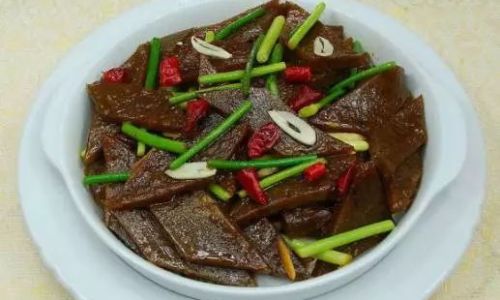
Dampen hands to prevent sticking. Shape the dough into a cylindrical log, approximately 20cm long and 8cm in diameter. Taper the ends slightly to promote even cooking.
-
Wrapping:
Line a bamboo steamer basket with cheesecloth or parchment paper. Place the loaf atop, ensuring it doesn’t touch the sides—allowing steam to circulate freely.
-
Steaming Protocol:
- Bring water to a rolling boil in a wok or pot. Reduce to a simmer before placing the steamer on top. Maintain gentle heat to prevent violent bubbling, which can deform the Bianduo.
- Steam for 60–75 minutes. Avoid lifting the lid during cooking, as temperature fluctuations cause uneven texture.
-
The Cooling Ritual:
After steaming, let the Bianduo rest in its steamer for 30 minutes. This allows the starch to set, firming the loaf for slicing.
Achieving Perfect Texture: Troubleshooting Guide
- Gummy Interior: Over-hydration. Reduce water by 10% next time.
- Crumbly Slices: Insufficient kneading. Extend kneading time by 5–10 minutes.
- Pale Color: Steaming at too low a temperature. Ensure vigorous initial boiling before reducing heat.
Serving Suggestions: Beyond the Basic Slice
While Bianduo shines in its simplest form—thinly sliced and dipped in a vinegar-soy sauce—creative cooks elevate it through versatility:
-
Pan-Fried Perfection:
Slice cooled Bianduo into 1cm-thick pieces. Pan-fry in a neutral oil until golden-brown. Serve with a spicy garlic sauce for contrast.
-
Soups and Stews:
Add cubed Bianduo to hot pot broths or pork rib stews. The starch thickens the broth slightly, creating a luxurious mouthfeel.
-
Stir-Fry Innovation:
Julienne Bianduo and toss with vegetables like bok choy and mushrooms. A drizzle of oyster sauce completes the dish.
-
Breakfast Twist:
Sandwich fried slices between steamed buns, topped with pickled vegetables and coriander.
Regional Variations: A Culinary Journey
Bianduo’s adaptability shines in regional adaptations:
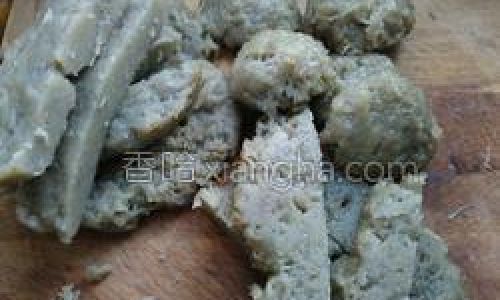
- Sichuanese Spice: Incorporate doubanjiang (fermented bean paste) and Sichuan peppercorns for a numbing heat.
- Cantonese Delicacy: Add dried shrimp and water chestnuts for a sweet-savory profile.
- Vegetarian Adaptation: Substitute meat with finely chopped mushrooms and tofu, bound with konjac powder.
Storage and Revival: Making the Most of Leftovers
Bianduo improves with age, much like a fine cheese. Store cooled slices in an airtight container in the refrigerator for up to 5 days. To revive:
-
Reheating:
- Steam slices for 5 minutes to restore moisture.
- Microwave on medium power in 30-second intervals to prevent gummy spots.
-
Freezing:
Separate slices with parchment paper and freeze for up to 3 months. Thaw overnight in the refrigerator before use.
The Science Behind the Stretch: Starch Gelatinization
Understanding the chemistry of starch transforms Bianduo from guesswork to precision. Sweet potato starch, composed of amylose and amylopectin, undergoes gelatinization when heated. This process involves:
- Hydration: Starch granules absorb water and swell.
- Heating: At 60–70°C (140–158°F), granules rupture, releasing粘性 (niánxìng)—the gummy consistency.
- Cooling: The mixture sets as amylose molecules realign, creating a resilient network.
Controlling these stages ensures Bianduo’s signature bounce. Overcooking breaks down the network, yielding mushiness, while undercooking leaves starch grains intact, resulting in a gritty texture.
Common Pitfalls and How to Avoid Them
-
Using the Wrong Starch:
Cornstarch yields a softer loaf; potato starch a brittle one. Stick to sweet potato starch for authenticity.
-
Skipping the Kneading Step:
Inadequate kneading leads to uneven starch distribution, causing parts to disintegrate during steaming.
-
Overcrowding the Steamer:
Leave ample space around the loaf. Crowding traps moisture, steaming the Bianduo into a soggy mess.
-
Slicing Prematurely:
Hot Bianduo is fragile. Let it cool completely to achieve clean, intact slices.
Conclusion: A Dish That Transcends Time
Bianduo is more than a recipe—it’s a testament to human ingenuity, a culinary artifact that transforms humble ingredients into enduring comfort. Whether served at a rustic farmhouse table or a Michelin-starred restaurant, its ability to adapt and delight remains unwavering. By honoring tradition while embracing experimentation, modern cooks can ensure this ancient dish continues to nourish and inspire for generations to come. So, roll up your sleeves, knead with intention, and let the steam rise—your journey to Bianduo mastery begins now.
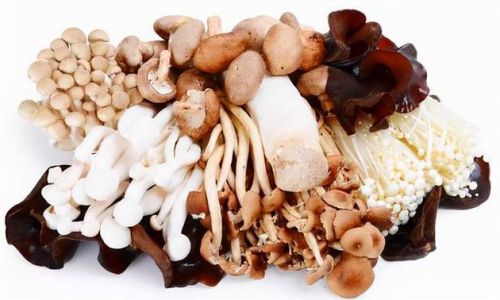
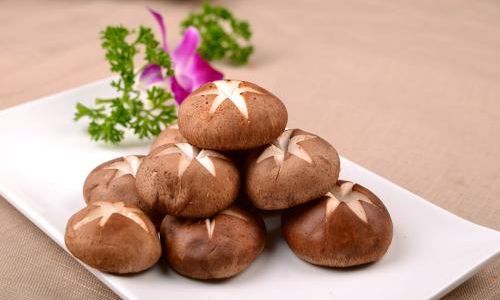
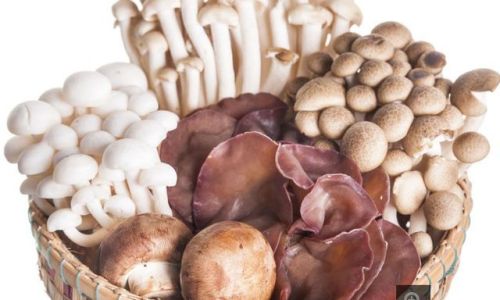

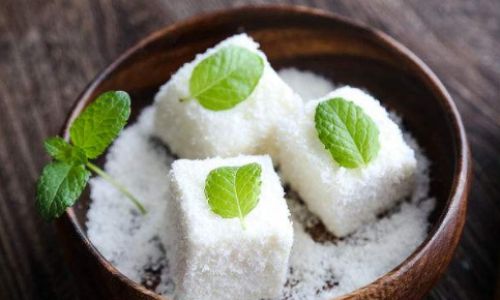

0 comments